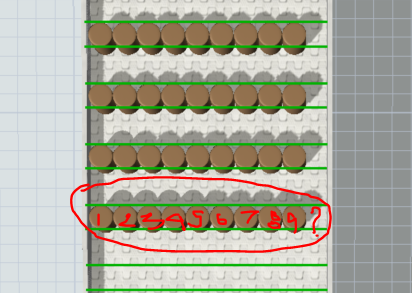Hi ,
In the attached model, Im trying to model, 10 units in a row in the mass flow conveyor. Was able to get only 9 units in one row. Tried changing the width of the conveyor still not drawing all the units correctly by the conveyor. Space for the tenth unit is visible on the conveyor but not drawn.
How to make the 10th unit visible?MassFlowConveyor.fsm
Regards,
Arun KR

